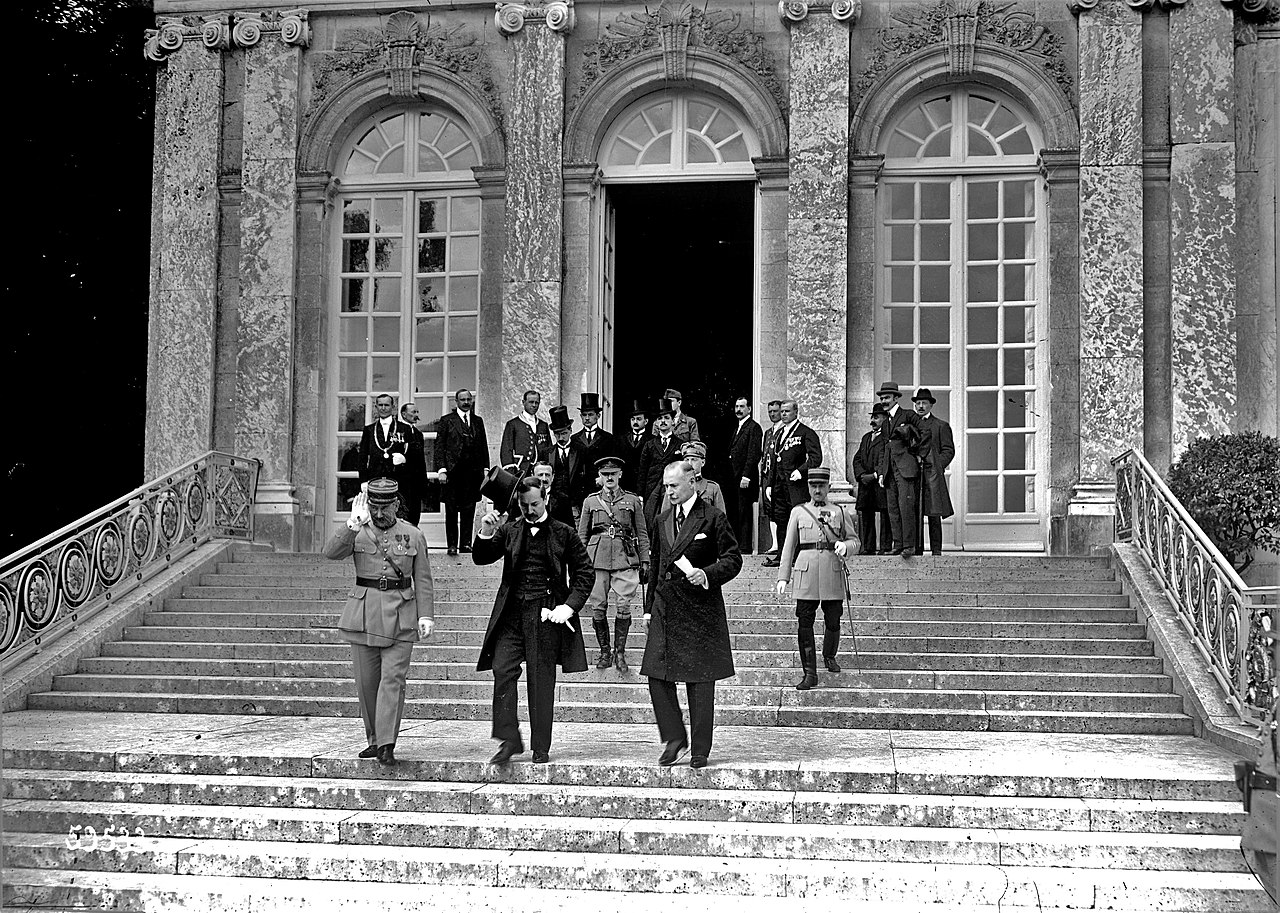100th anniversary today: inhabitants of Sopron voted to remain part of Hungary
14 December 2021 marks the 100th anniversary of the referendum when 65% of the inhabitants of Sopron and the neighbouring settlements voted to remain part of Hungary. This was the only event that amended the Treaty of Trianon and consequently, Sopron was honoured with the title “Civitas Fidelissima” (The Most Loyal Town).
Sopron is located in western Hungary, near the Austrian border. It is best known for VOLT Festival, one of the largest music festivals in Hungary. But how did this beautiful town become “The Most Loyal Town” in Hungary?
Historical background
In the autumn of 1918, at the end of the First World War, Austria, which had previously formed a constitutional monarchy with Hungary, expressed its demand for the predominantly German-speaking settlements in Pozsony, Moson, Sopron and Vas County, writes Mandiner. At the Paris Peace Conference, Austria argued that after the dissolution of the economic unit of the Austro-Hungarian Dual Monarchy the country needed these areas for food supplies; otherwise, the country would be forced to form a union with Germany.
The Entente Powers opposed the unification of the two German-speaking countries so in the summer of 1919,
the predominantly German-speaking regions of the counties of Moson, Sopron and Vas were given to Austria. This led to an armed uprising in western Hungary.
The Ragged Guard
The “Rongyos Gárda” (Ragged Guard) was formed in 1919 by patriotic officers and soldiers, day laborers and the remnants of the Székely Hadosztály (Szekler Division) under the leadership of Pál Prónay. This volunteer force launched an attack on the invading Austrian gendarmerie units on 28 August 1921, at Ágfalva, marking the beginning of the above-mentioned uprising in western Hungary.

Source: Wikimedia Commons
The Hungarian Ministry of Foreign Affairs saw the insurgents as a means by which Hungary could retain at least parts of the areas. István Bethlen said that the Hungarian government had complied in all respects with the Entente’s will, but that the “local population” had revolted against the Austrians. It became clear to the Austrian leadership that they would be unable to take possession of the area and a compromise would be inevitable.
Read also: Why is Trianon still so devastating for Hungarians even after 100 years?
“Civitas Fidelissima”
According to the agreement, between 14 and 16 December 1921, the inhabitants of Sopron and eight neighbouring settlements − Fertőrákos, Balf, Kópháza, Fertőboz, Nagycenk, Harka, Bánfalva, Ágfalva – could take part in a referendum and decide the fate of their region. Here you can see the Hungarian and the Austrian propaganda posters of the referendum:
The following photo was taken in front of a polling station on the day of the referendum in Sopron. With their votes, these people contributed to a history-making decision.
You can also watch a short video with German subtitles following the events of the referendum below.
Out of the 23,561 voters, 15,334 (65.08%) voted to remain part of Hungary,
8,227 (34.92%) voted for Austria, and 502 (2.09%) votes were invalid. Although 54.5% of the inhabitants of the rural villages voted for Austria, in Sopron, Hungary won with a majority of 72.8%.
The National Assembly awarded Sopron with the honorary title of “Civitas Fidelissima” for the town’s loyalty to Hungary.
This title is even incorporated into the coat of arms of Sopron. The red, pointed crest bares the legend “Sopron Civitas Fidelissima” between two silver circles.

Source: Wikimedia Commons / Madboy74
In 2001, the government declared 14 December “Hűség Napja” (Loyalty Day).
Source: Daily News Hungary



Hungary honors and respects the people of Sopron.
The referendum should have been conducted in all parts of the Old Kingdom separated because of Trianon.
Edward is wrong. There should have been an armed uprising in all parts of the Old Kingdom, not a referendum. The uprising in Sopron worked.